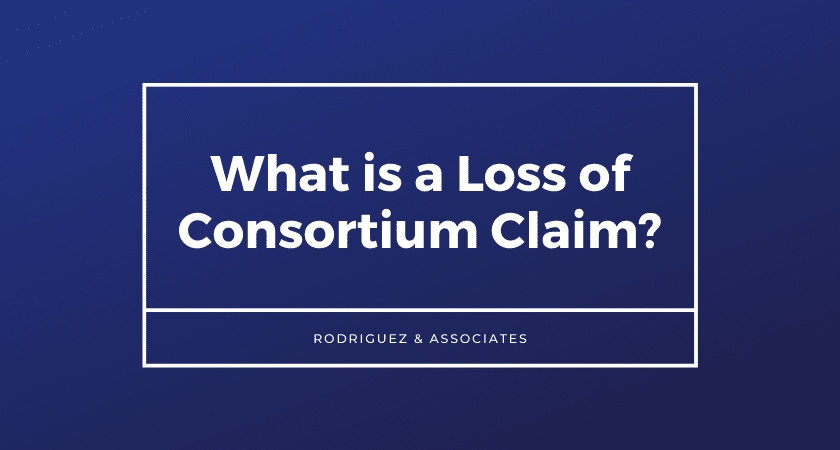Having a loved one suffer a serious injury or pass away due to the negligence of another person is one of the most painful experiences we can endure. Not only does your loved one suffer, but you can lose the ability to receive the same affection, comfort, and companionship that he or she was previously able to provide.
If your loved one is no longer to participate in a meaningful relationship due to injury or death, you may be eligible for compensation through a civil lawsuit. This type of legal action is known as a loss of consortium claim.
What Does Loss of Consortium Mean?
After someone suffers an injury or dies as a result of someone else’s negligence, the victim or an eligible representative can file a civil claim for the damages incurred during the accident. These damages can be economic, involving tangible financial losses such as medical care. The injured plaintiff can also claim non-economic damages, which refer to the intangible pain and suffering he or she endured.
Consortium is a term that refers to the right of association and companionship with your spouse or registered domestic partner, although some states expand this law to include children and parents. A loss of consortium action is a standalone claim you can take as part of an existing personal injury or wrongful death lawsuit.
Loss of consortium damages, on the other hand, are a non-economic form of compensation that the court awards to a spouse or family member of the plaintiff. These claims provide compensation for the following losses.
- Love
- Comfort
- Care
- Affection
- Society
- Assistance
- Moral support
- Companionship
- Sexual relations
- The ability to have children
According to California’s loss of consortium laws, only spouses and registered domestic partners can file these types of claims. Courts typically award loss of consortium settlements to individuals whose loved ones either died or suffered a severe, permanent, and debilitating injury due to the actions of the defendant.
Proving a Loss of Consortium Claim
When you file a loss of consortium claim, you essentially state that the defendant’s negligent actions and the plaintiff’s injuries prevent your loved one from providing certain non-economic benefits that you once shared together.
To prove that you are eligible for these damages, you must prove four important elements.
- Your spouse or registered partner suffered an injury or died as a result of the defendant’s negligence.
- You and the injured person were either legally married or had a valid domestic partnership when he or she suffered the injury.
- You suffered the loss of your spouse or partner’s consortium.
- The defendant’s negligent act directly caused your loss of consortium.
You can prove your claim using a number of methods, most of which will rely on the existing personal injury or wrongful death claim. For example, say that your spouse suffered a spinal cord injury in a car accident that results in paralysis. Surveillance footage shows that the at-fault driver sped through a red light and collided with your spouse, causing the accident and resulting injuries.
You can use evidence from the existing claim to establish the injury and the defendant’s negligence. Your marriage license or domestic partnership registration can establish your legal right to this compensation. The third element is often the most challenging component of your claim, since loss of consortium relies on your personal experiences and how the accident affected you and your spouse’s relationships. You will need to provide testimony, and your attorney can help you prepare for this stage of the claim.
No one deserves to suffer due to the negligence of another person. If you believe you may qualify for a loss of consortium claim, or that your spouse’s case qualifies for personal injury or wrongful death litigation, speak to a lawyer as soon as possible.
